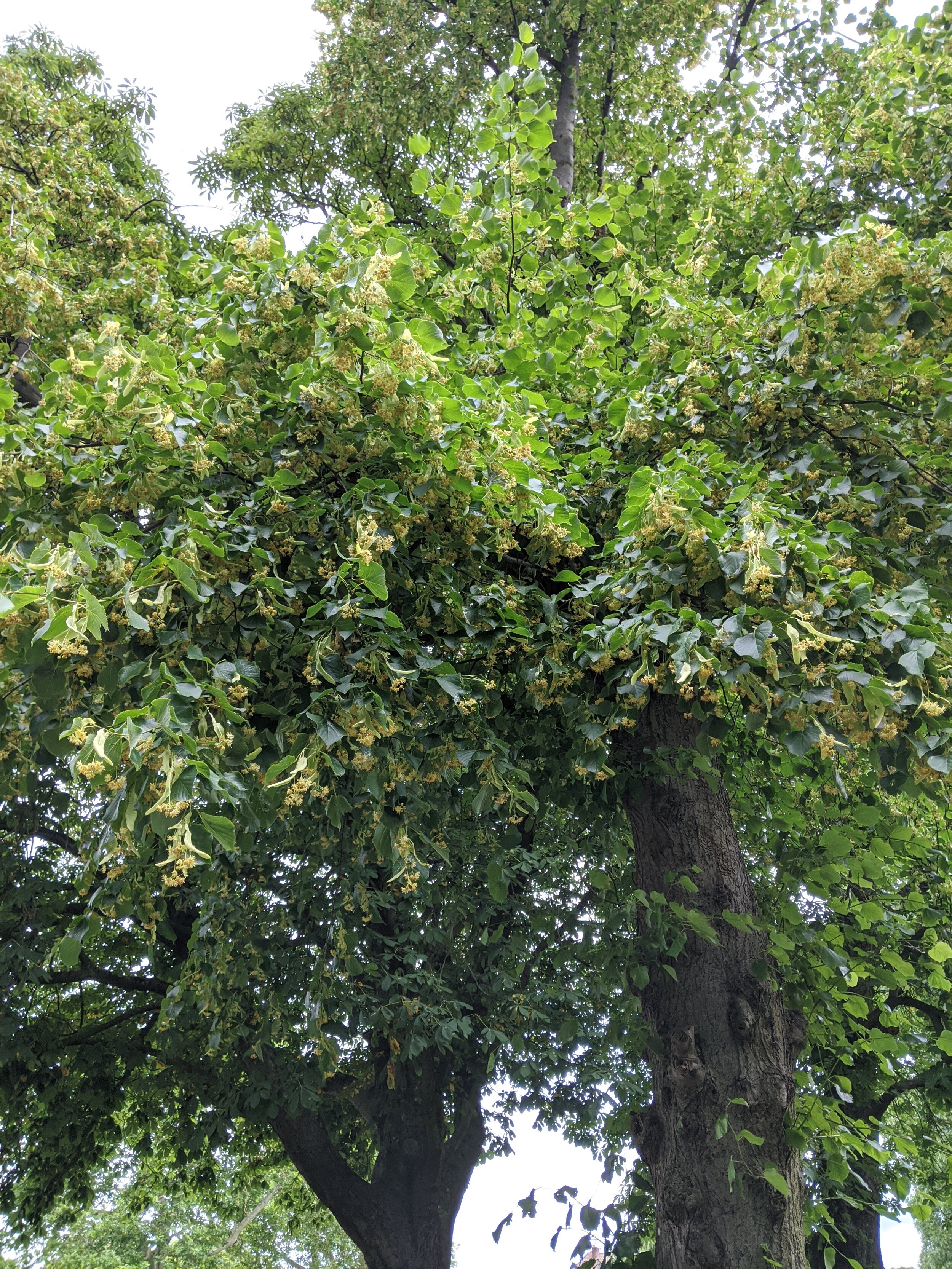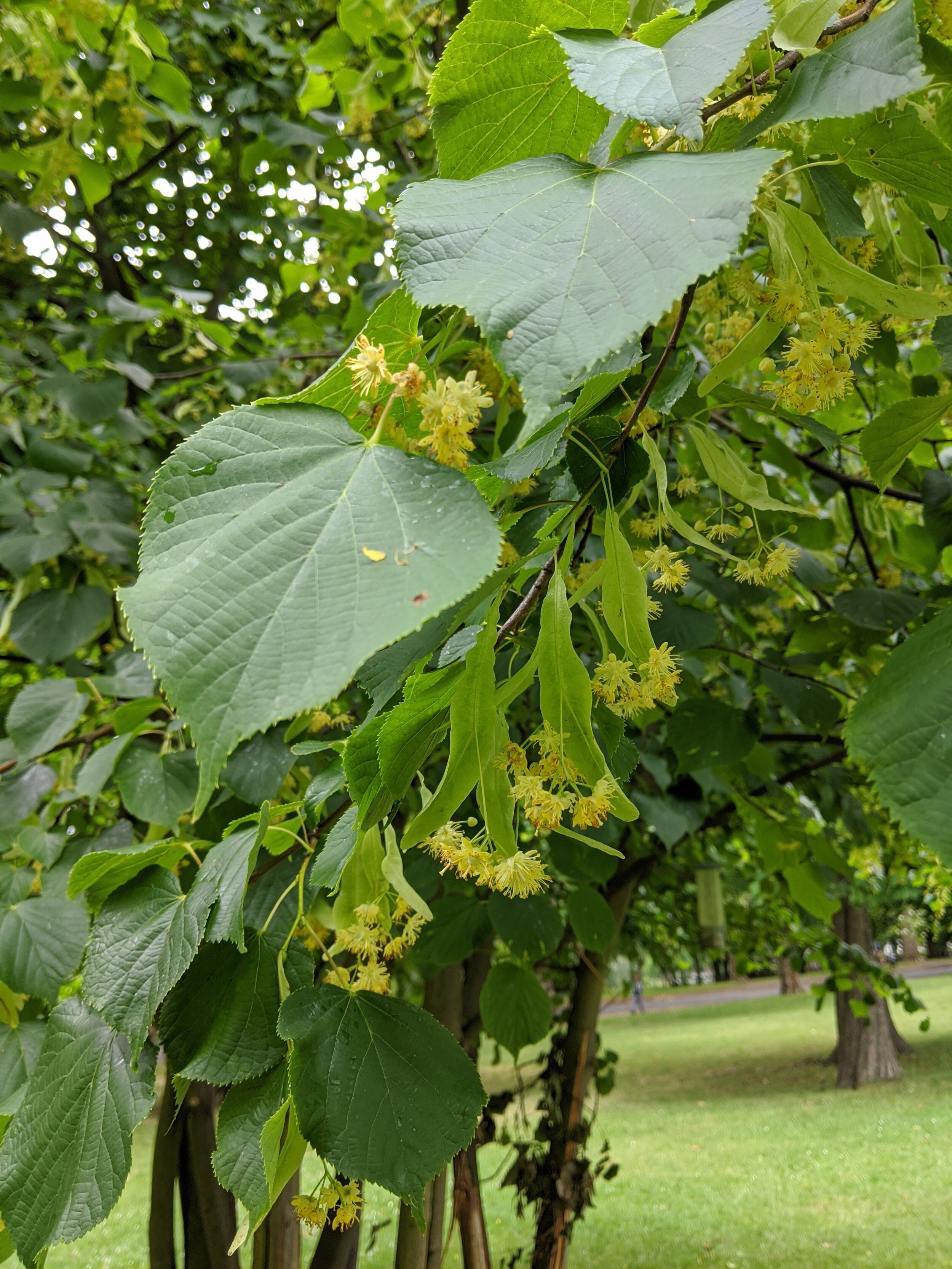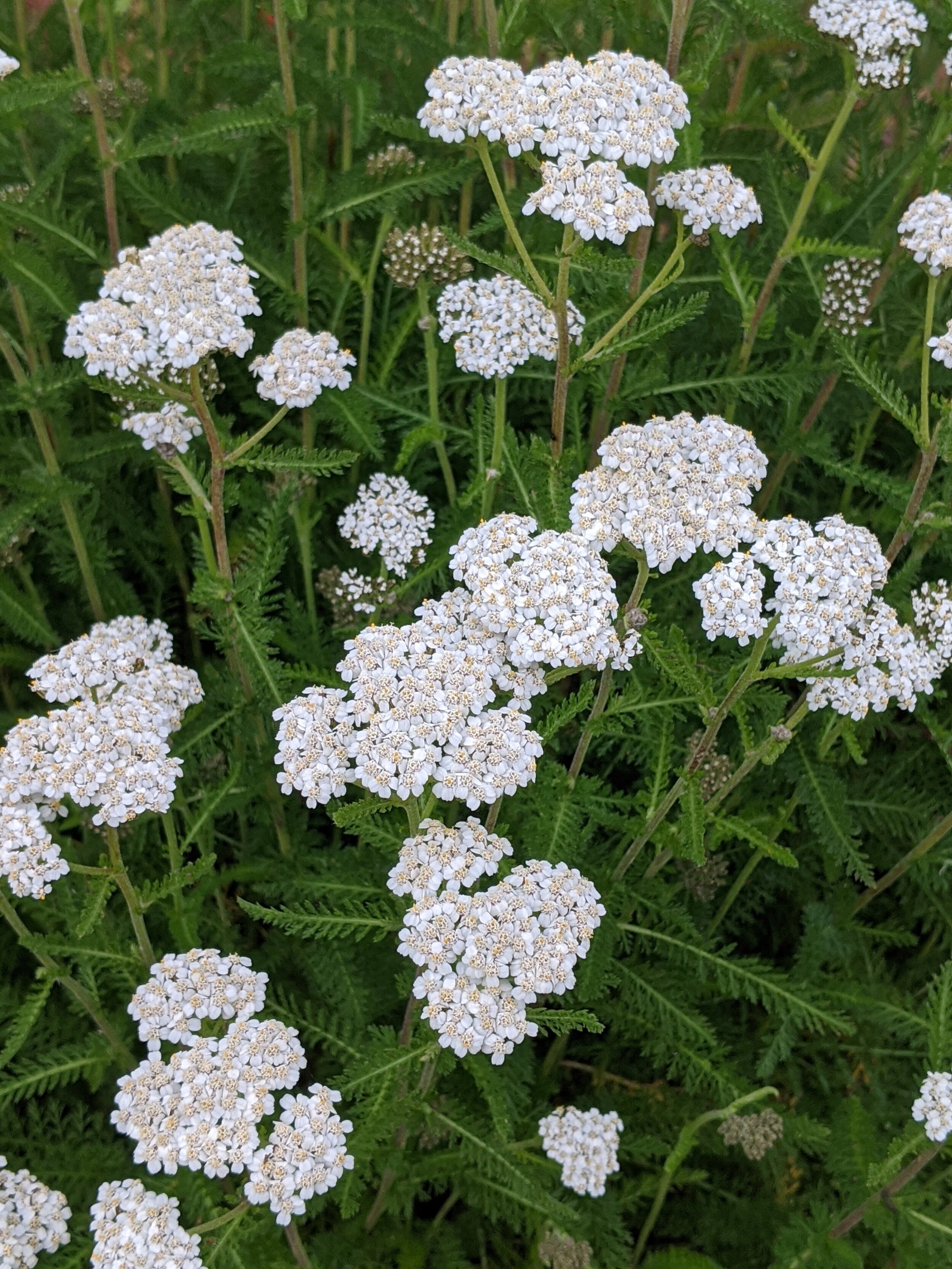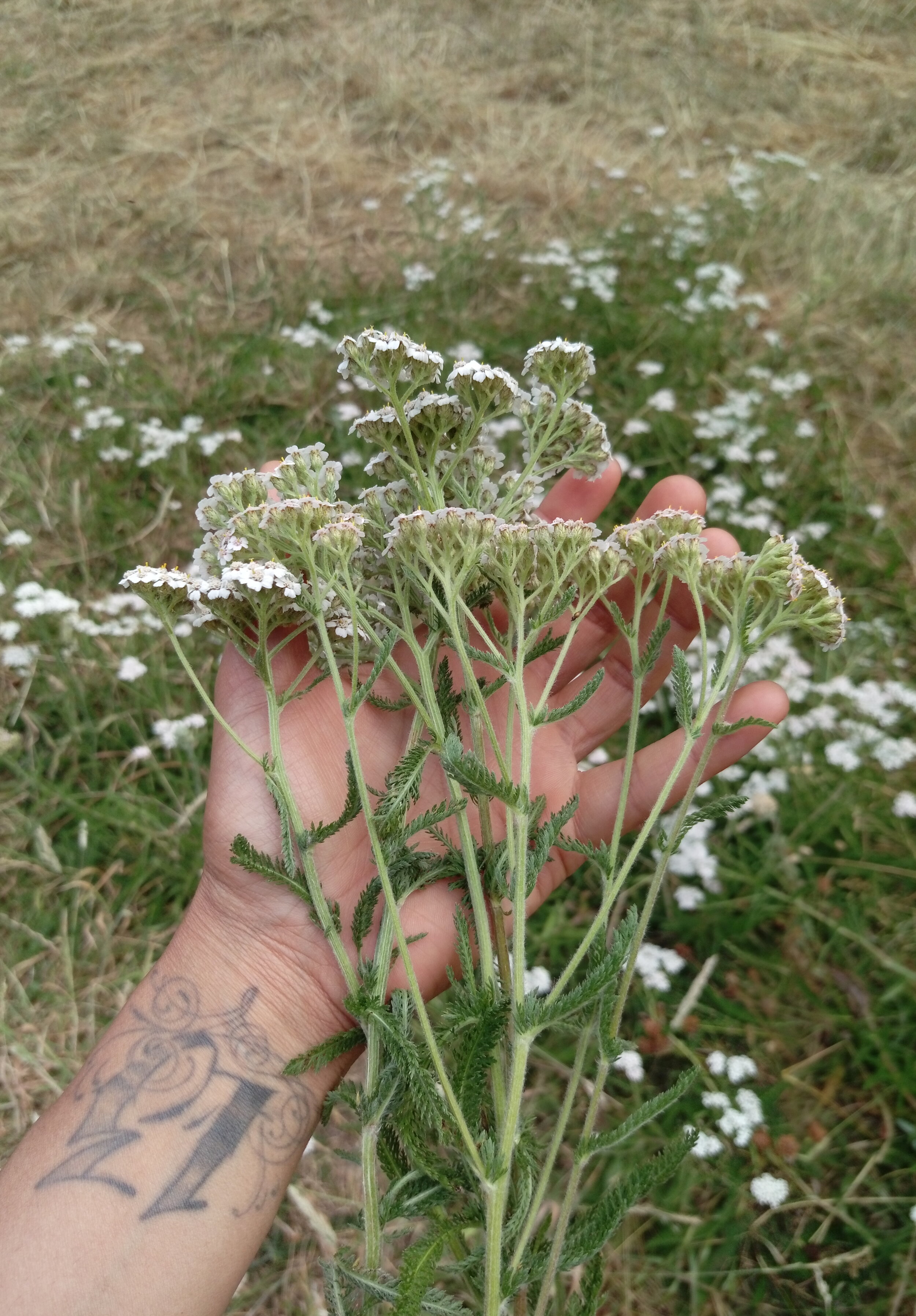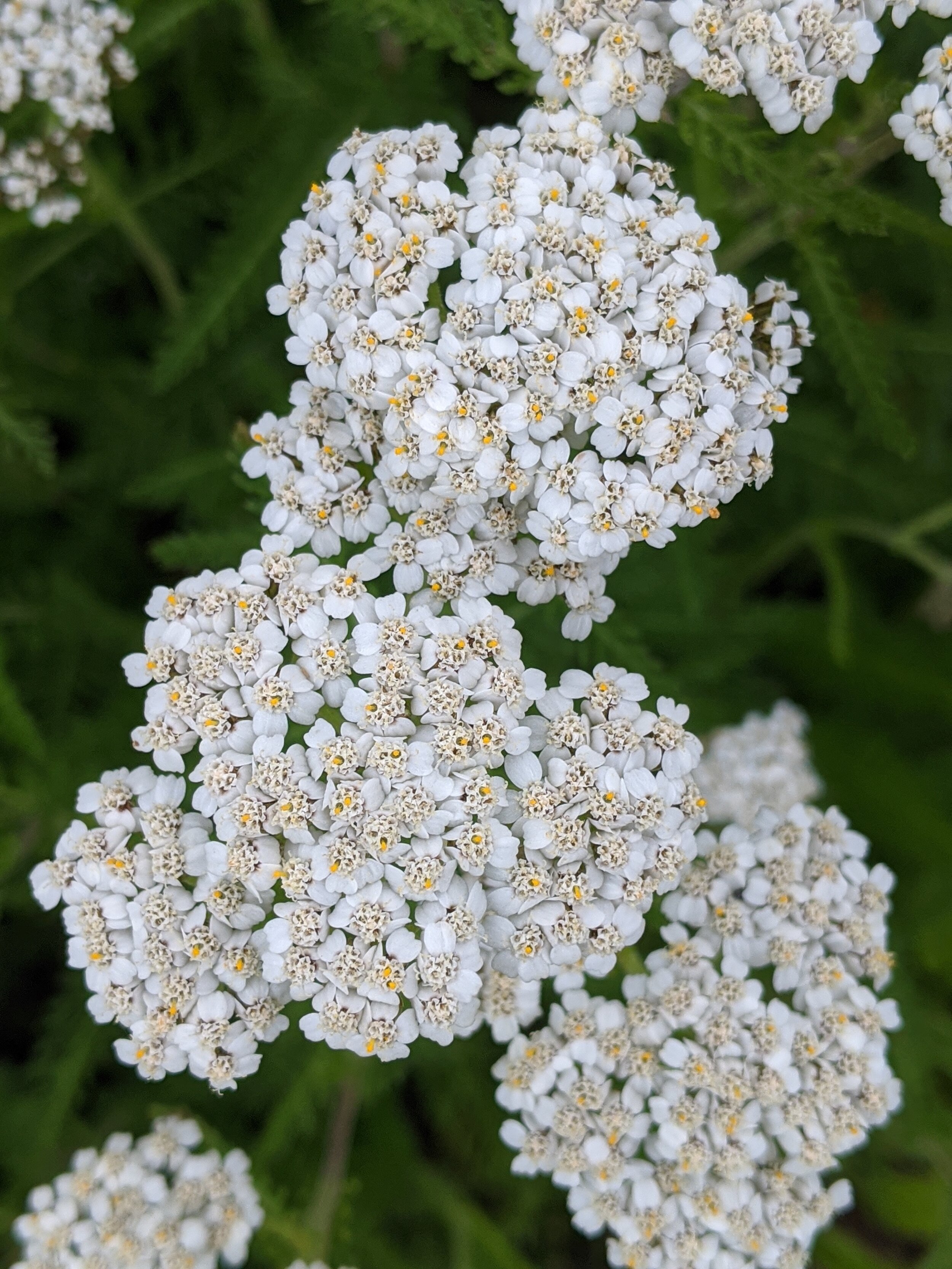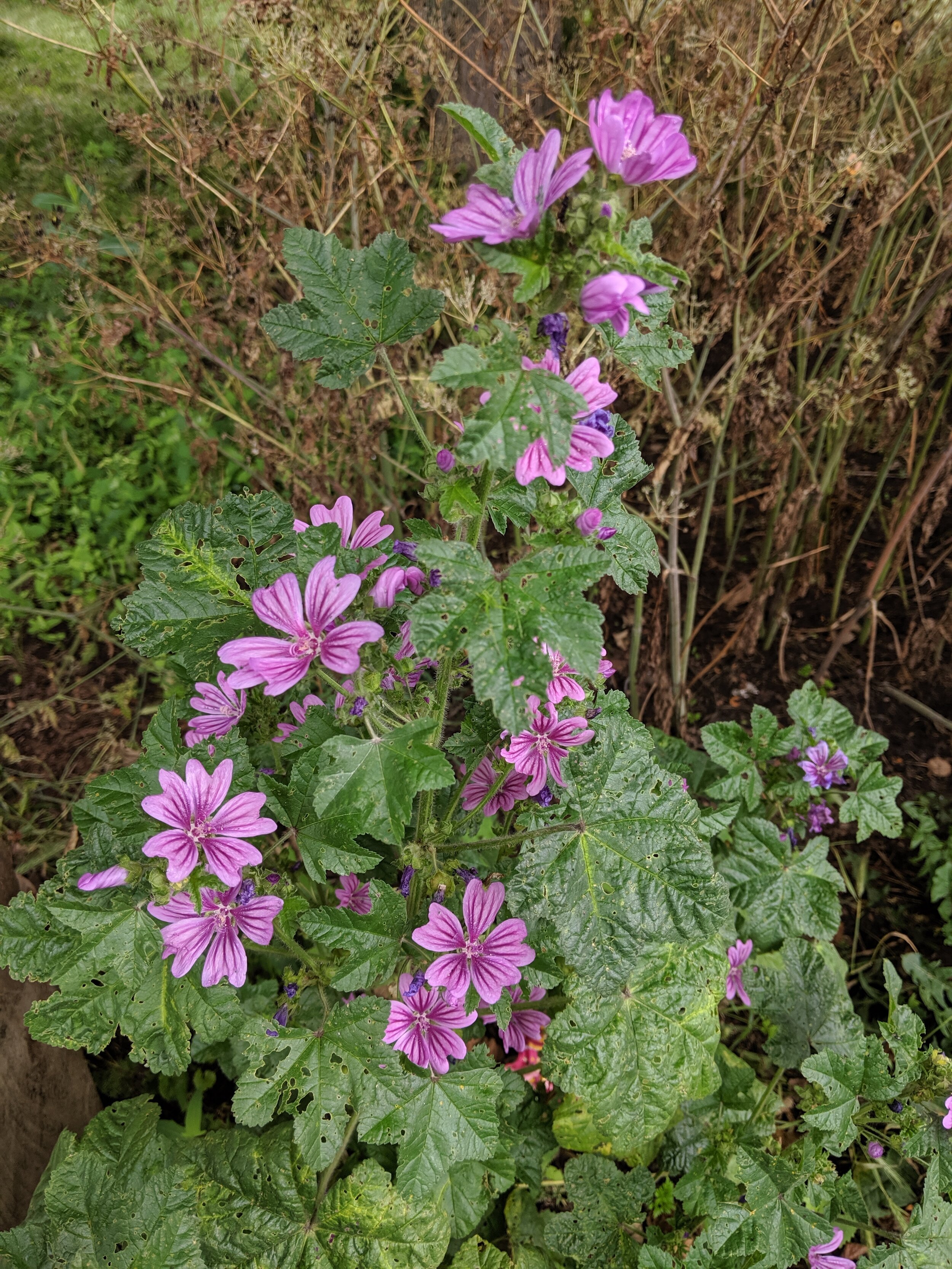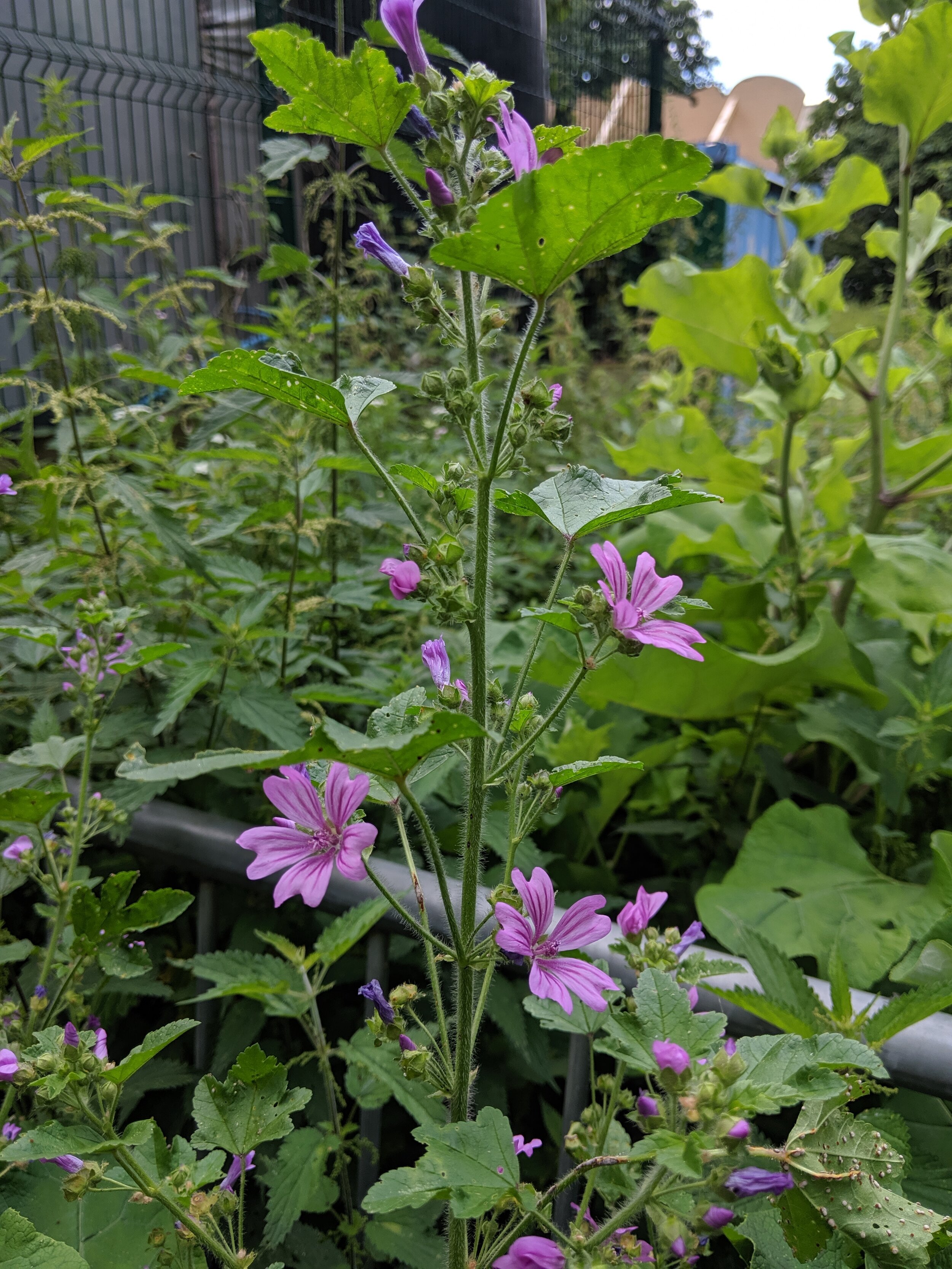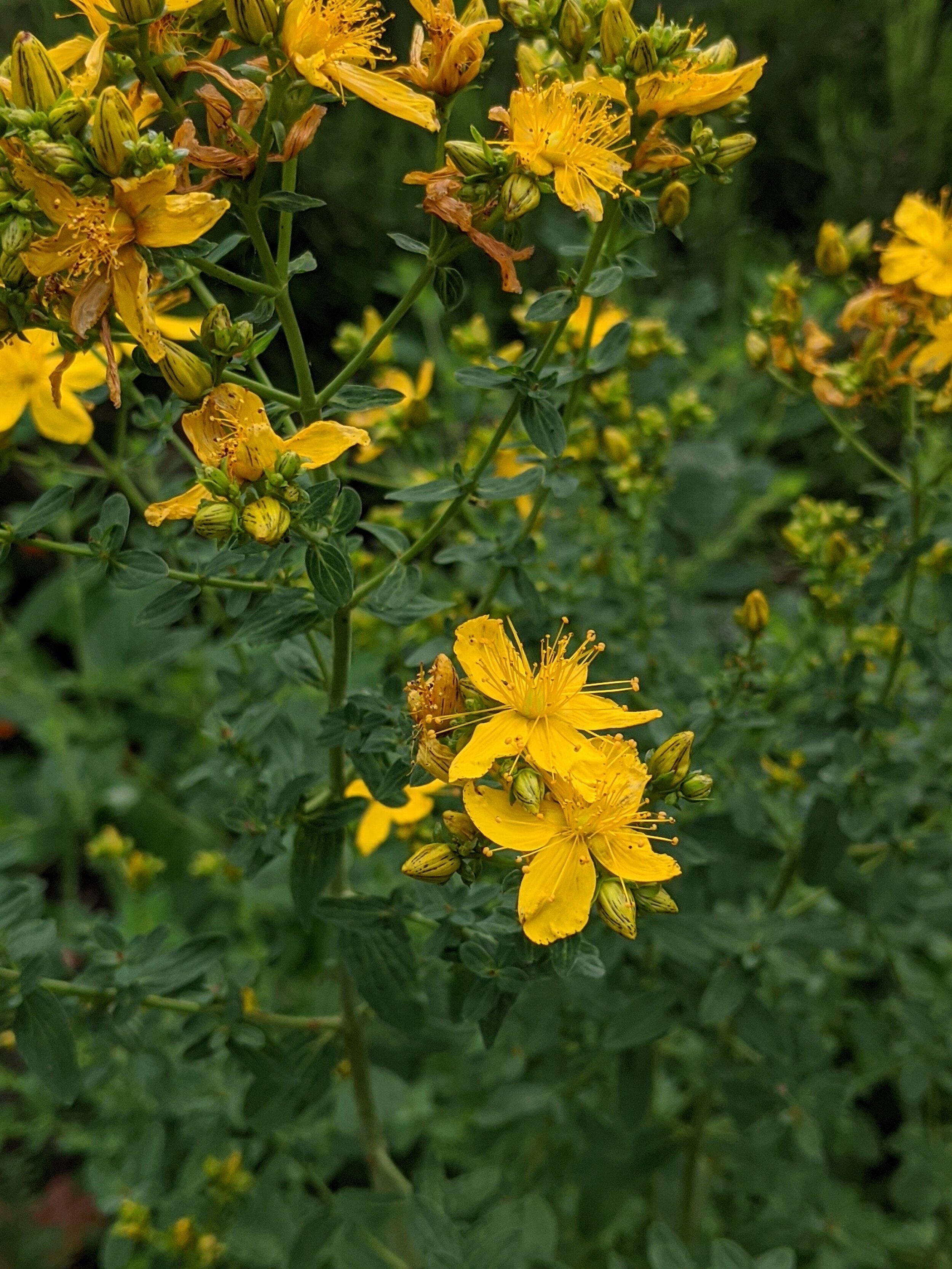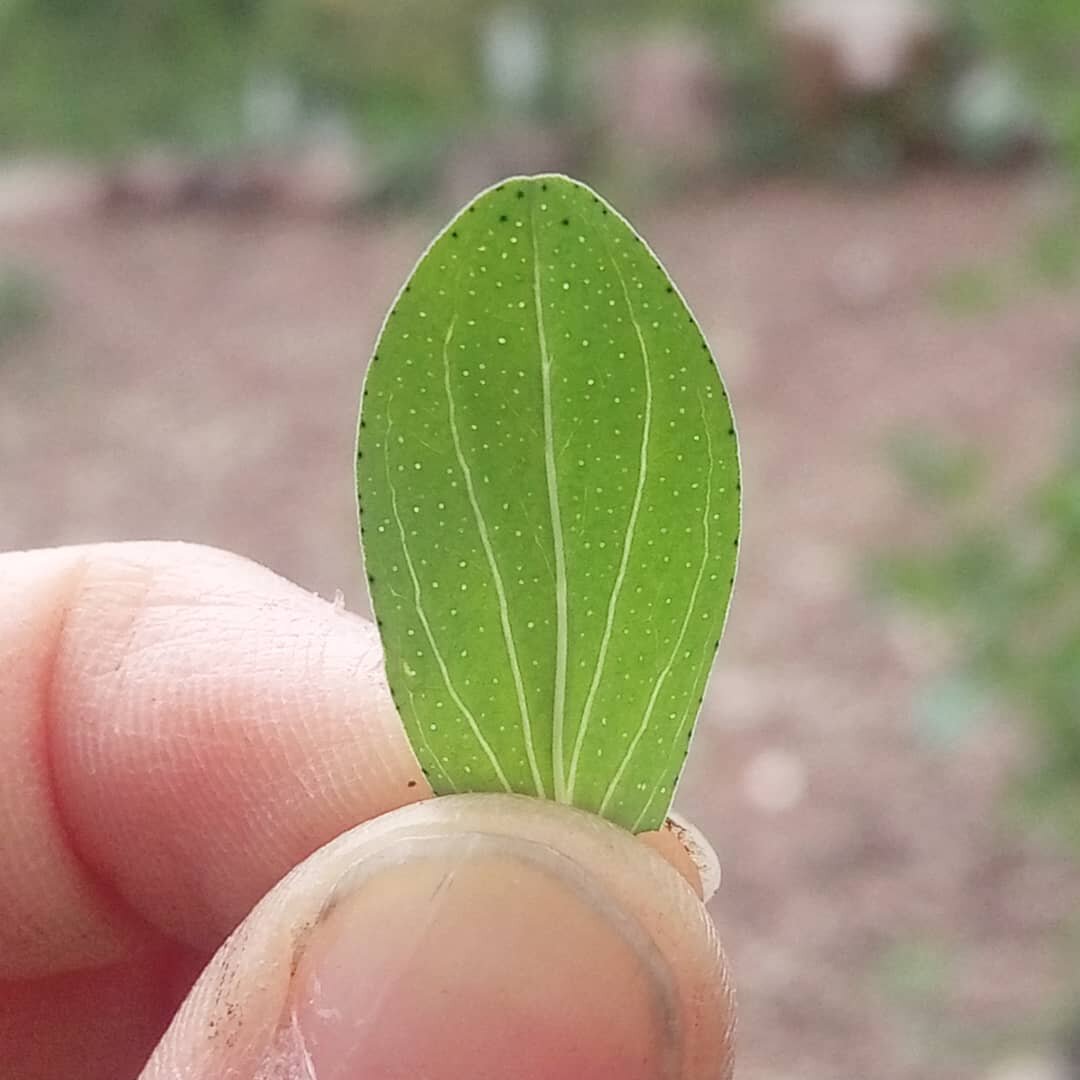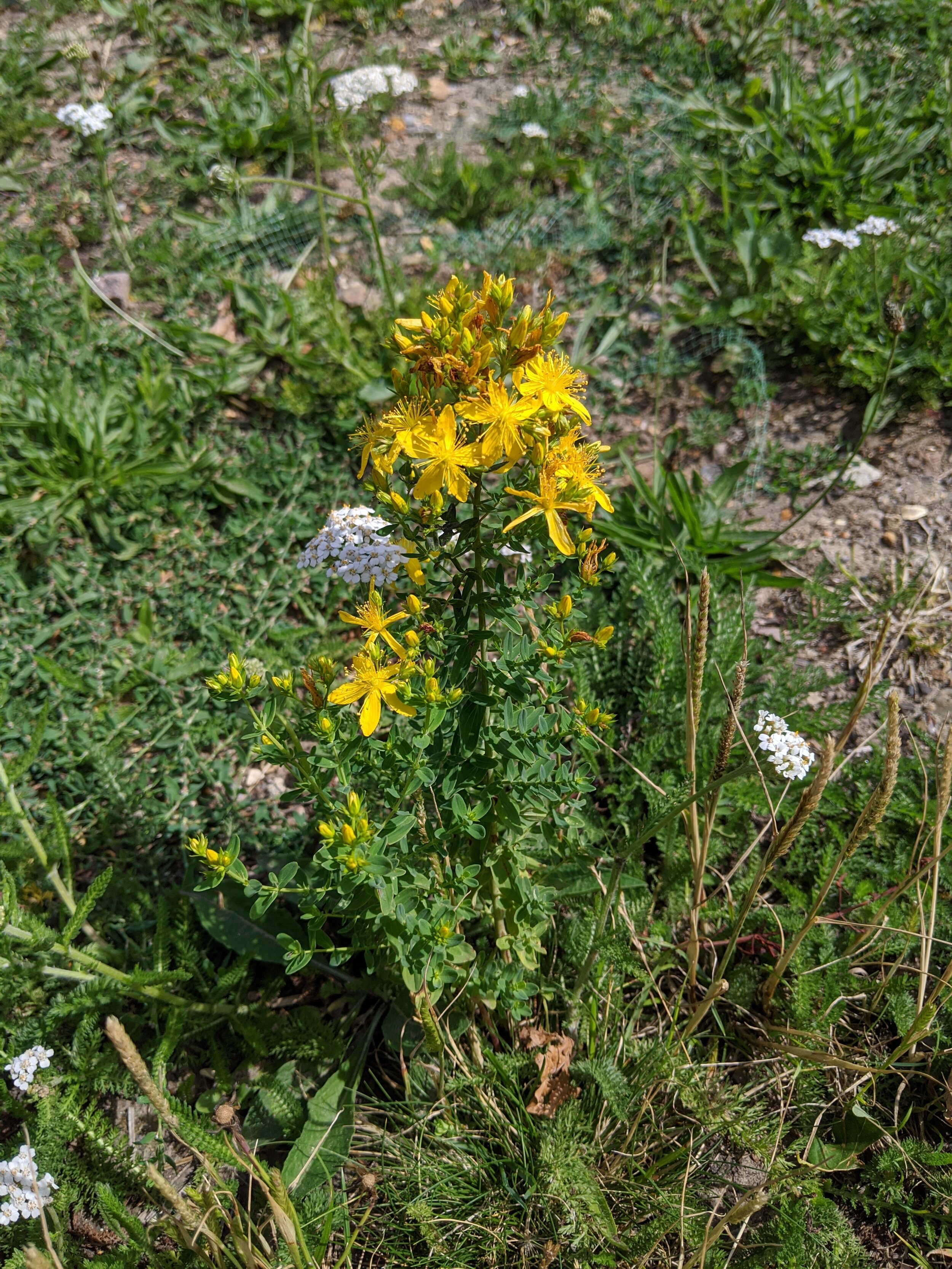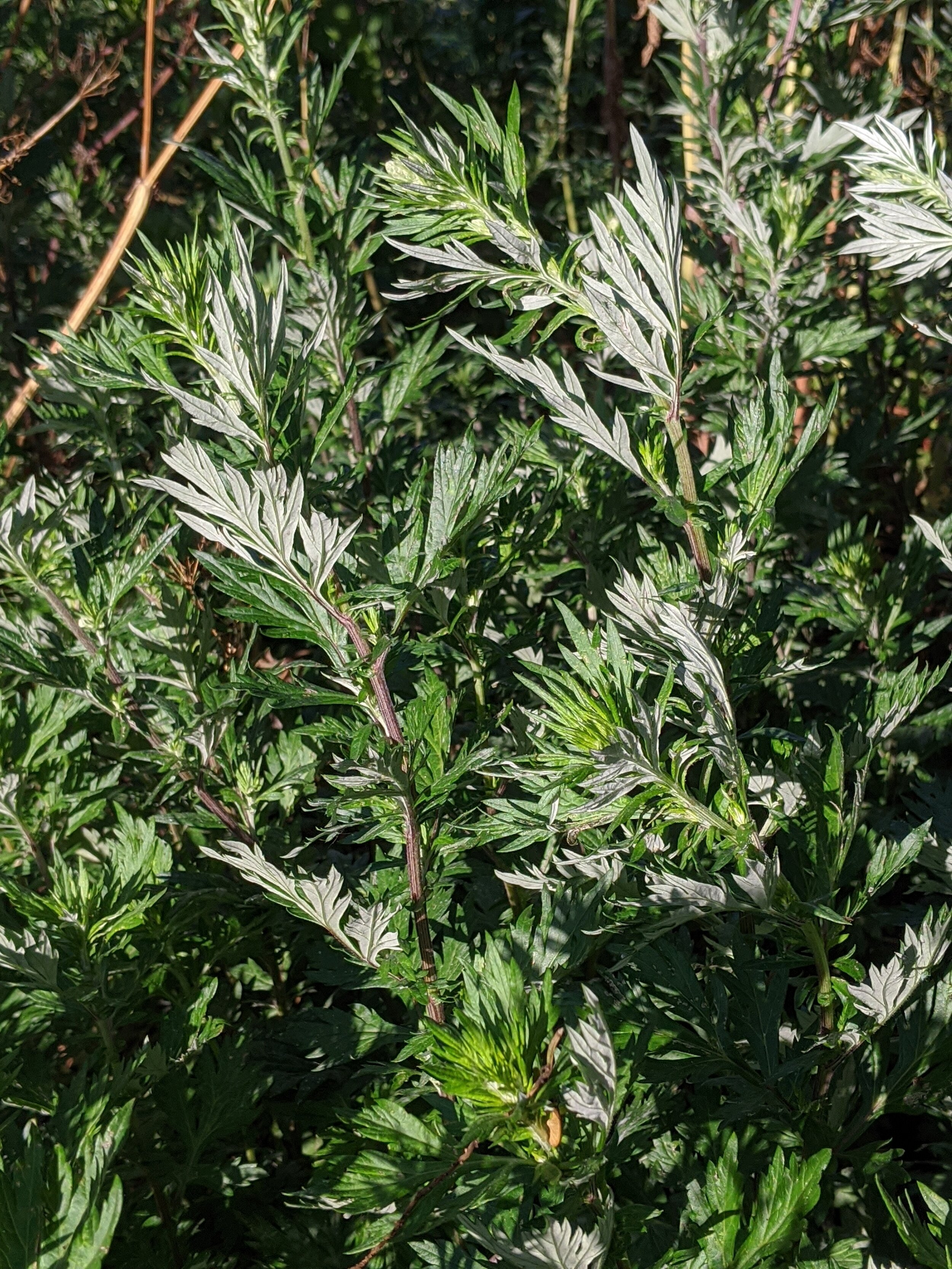Virtual Herb Walk // Late June
/It’s time for another virtual herb walk, highlighting beautiful herbs that can be found in parks, roadsides and green spaces in general at the moment.
This month we’re going for five gorgeous flowers: Linden, Yarrow, Mallow, St Johns Wort, and Mugwort.
LINDEN (Tilia spp.)
Linden is a really common tree in cities. As anyone who has ever parked their car underneath one will know, in the summer months anything sitting underneath these trees will eventually get covered in a sweet, sticky juice. This juice is honeydew, secreted by aphids that absolutely love linden, and gather on the trees in large numbers. But aphids are not the only ones who love linden - it is a hub for wildlife, providing food and habitat for a number of little guys, including some really gorgeous moths, and of course, herb-loving humans too.
The flowers, also known as lime blossom, are used as a remedy for stress, tension and anxiety. It is often associated with the heart, and has a history of use for colds & flus, indigestion and migraine, amongst others.
YARROW (Achillea millefolium)
With uses that range from stopping bleeding, reducing fevers, and soothing pain to strengthening digestion and treating cold and coughs, yarrow is one of the most versatile herbs there is. It is also very abundant, growing in fields, meadows, roadsides, wastelands and lawns.
The flowering tops (flowers and young leaves towards the top of the stem) can be used in teas and all sorts of other herbal extracts.
MALLOW (Malva sylvestris)
Another incredibly abundant herb, mallow is very accessible alternative to its cousin Marshmallow (Althae officinalis), which is rarely seem growing wild in the UK.
Both leaves and flowers can be used, and are rich in mucilage, giving it a soothing action wherever there is irritation and inflammation - as a tea for sore throats, dry coughs, irritable bowel, urinary infections, etc, and externally for insect bites, stings and scratches.
ST. JOHN’S WORT (Hypericum perforatum)
St John’s Wort has been used since ancient times. In recent years, it’s become well known for its use in treating depression, but its virtues go so much further than that. As well as looking after the nervous system, it is anti-viral, anti-inflammatory, reduces pain, and protects the liver.
When infused in oil, the yellow flowers turn the oil bright red, and make it into an amazing, multi-purpose remedy that can be used on burns, sore muscles, bruises, sprains, cold sores, backache, and more.
MUGWORT (Artemisia vulgaris)
Named after the Greek moon goddess Artemis, mugwort (Artemisia vulgaris) is known for its value in treating feminine disorders. It is also a calming nervine, mild sedative, diuretic, antiparasitic and a digestive bitter, used before hops in the making of beer.
It’s another one that has been used since ancient times, not just as a healing herb, but also in rituals, magic and divination. To this day, it has a strong reputation for inducing lucid dreams and enhancing the dream state when taken before bedtime.



